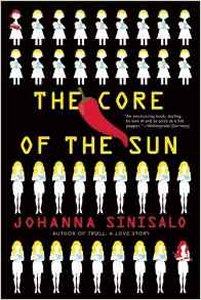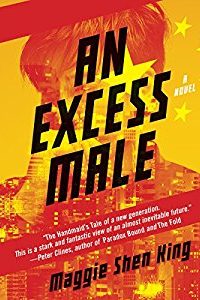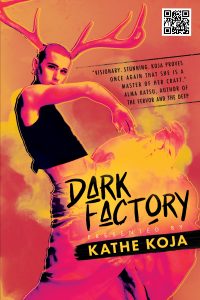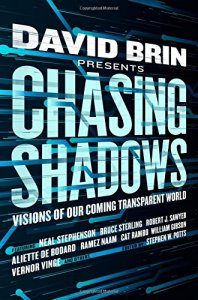Gary K. Wolfe reviews Johanna Sinisalo
The Core of the Sun, Johanna Sinisalo; Lola Rogers, trans. (Black Cat/Grove Atlantic 978-0-8021-2464-7, $16.00, 306pp, tp) January 2016.
 Johanna Sinisalo seems to have emerged, along with Leena Krohn and Pasi Ilmari Jääskeläinen, as a central figure in the ‘‘Finnish Weird’’, which like many such movements may be a coincidence, a plot, or even, as Sinisalo herself said in her introduction to last year’s Finnish Weird anthology, simply a ‘‘brand.’’ In any case, it seems to carry with it a celebratory feeling of having just rediscovered the possibilities of nonrealistic fiction, even as some of its major works come with pretty grim premises. Sinisalo’s The Core of the Sun, for example, is set in a repressive alternate Finland which will almost certainly draw comparisons with Atwood’s The Handmaid’s Tale. Women are classed from birth in Wellsian evolutionary terms, as either the airheaded but sexy ‘‘eloi,’’ suitable for reproduction, or the less attractive ‘‘morlocks,’’ who might have a shot at more than nominal education, but who are sterilized at an early age. Men are either ‘‘mascos’’ or the less fortunate ‘‘minus men,’’ and Finland itself has been turned into a ‘‘eusistocracy,’’ which claims the health of the citizenry as the central focus of government and disdains the decadent Western democracies that surround it.
Johanna Sinisalo seems to have emerged, along with Leena Krohn and Pasi Ilmari Jääskeläinen, as a central figure in the ‘‘Finnish Weird’’, which like many such movements may be a coincidence, a plot, or even, as Sinisalo herself said in her introduction to last year’s Finnish Weird anthology, simply a ‘‘brand.’’ In any case, it seems to carry with it a celebratory feeling of having just rediscovered the possibilities of nonrealistic fiction, even as some of its major works come with pretty grim premises. Sinisalo’s The Core of the Sun, for example, is set in a repressive alternate Finland which will almost certainly draw comparisons with Atwood’s The Handmaid’s Tale. Women are classed from birth in Wellsian evolutionary terms, as either the airheaded but sexy ‘‘eloi,’’ suitable for reproduction, or the less attractive ‘‘morlocks,’’ who might have a shot at more than nominal education, but who are sterilized at an early age. Men are either ‘‘mascos’’ or the less fortunate ‘‘minus men,’’ and Finland itself has been turned into a ‘‘eusistocracy,’’ which claims the health of the citizenry as the central focus of government and disdains the decadent Western democracies that surround it.
But Sinisalo’s method of revealing this world, through excerpts from textbooks, advertisements, children’s stories, school essays, transcripts, dictionary definitions, and various other fragments, is often playful and sometimes darkly funny. The central character, Vanna, passes as a dim eloi though she’s educated and articulate, and it’s her sharp and sardonic voice, mostly through unsent letters to her eloi sister Manna, who has gone missing, that really sets the tone of the narrative. Other chapters are presented as direct narration either from her viewpoint or that of Jare, a male friend who gets her involved in the underground economy of growing and distributing what the government views as the most serious threat to civic order – which, of all things, turns out to be chili peppers. In fact, The Core of the Sun takes its title not from solar astronomy, but from the name of a legendary pepper under development with an astronomical Scoville count. Sinisalo almost convinces us that the pain-and-pleasure high from capsaicin is as literally addictive as the government claims, and her descriptions of the sensations of eating superhot peppers are gustatory gems. It’s that odd juxtaposition of the purely sensual with the satirically absurd that helps make The Core of the Sun the most original, unsettling, and weirdly comic dystopia that I’ve seen in some years – an approach that sometimes suggests Vonnegut, sometimes Brunner (with its collage of random documents), sometimes even Bernard Wolfe’s Limbo (with its equally absurd premise for a dystopia). In light of the grim rectitude of so many recent YA dystopias, it’s good to be reminded that the form itself was originally rooted in grown-up satire rather than teen angst.







